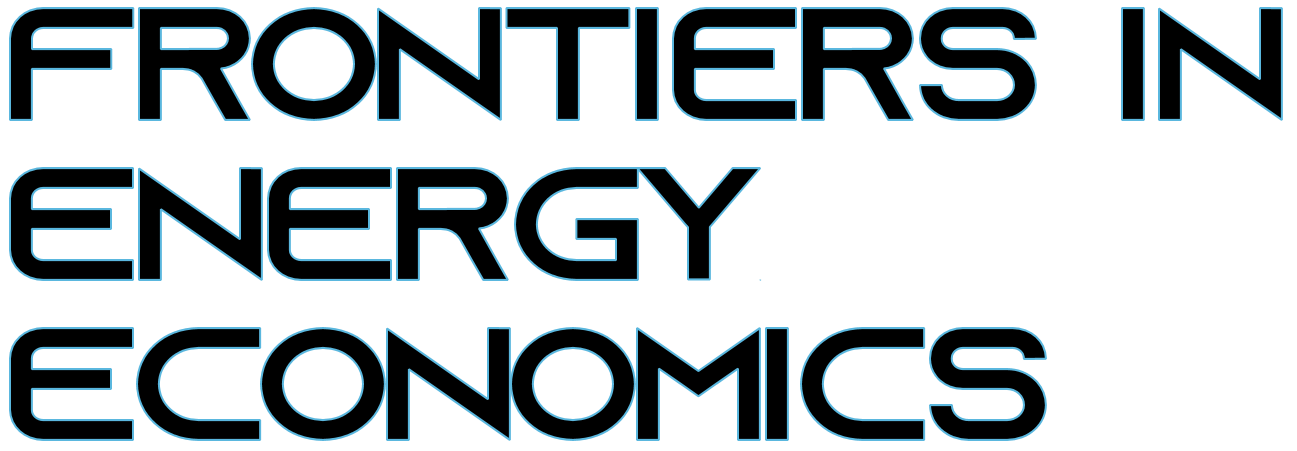-
GUIDELINES FOR REVIEWERS
Please follow the steps listed below in order to register in the system as a REVIEWER:
1. Click the “Manuscript Handling System”. Select “New User” and register in the system by filling in your title, name, surname and other information. (Note: Each user automatically becomes a member as an author.)
2. Log into the system by entering your username and password.
3. Select “My Profile” from the upper menu and click “Edit” at the upper left side of the screen.
4. Fill in the required information in the first section and click “Save”.
5. For the second section, select your area of research (for associate professorship or tenure) and your field of specialization and enter the keywords related to your research interests. Then click “Save”.
6. Click “Yes” to answer the question at the bottom of the screen: “Do you want to be a reviewer?”
7. Your registration as a reviewer will be complete once the editor gives his approval.
Please follow the steps listed below in order to review an article sent through the system:
1. Log into the “Manuscript Handling System” by entering your username and password.
2. Click “Reviewer” on the upper menu.
3. Click “Articles” (“Submissions”) on the reviewer page.
4. You will now see the title and status of the article you have been requested to review. Click the magnifier icon found under “Show” on the left-hand side.
5. On the new page that appears you will find information concerning the article. At the bottom there is a question as to whether or not you accept to review the article. To accept, click “I would like to review the article” in the green-shaded area.
6. Once you accept to make a review, you can download the Article file. You can also review the article by using the evaluation form that will appear on the same page.
7. While filling in the form, if you click “Save” without completing your evaluation, you can return to the form later to complete the remaining sections.
8. Once you fill in the whole form and your evaluation is complete, click “Save and Finish”.
Notes:
1. Enter the information on your area of research even if you are not an Associate Professor or have not received tenure. It is essential that you fill in this information since articles are assigned to reviewers by using this information.
2. All questions on the evaluation form have to be answered together with the comments requested. Otherwise, the system does not allow the user to submit the form.
3. Please email fee@efe.info.tr regarding any queries regarding the system.
GUIDELINES FOR REVIEWING MANUSCRIPTS.
After receiving a manuscript, you should already understand the aims, key data, and conclusions of the manuscript. The first read will help you form an initial impression of the paper and get a sense of whether your eventual recommendation will be to accept or reject the article. During the first read, it is important to focus on issues such as the main question of the research, originality of the topic, clearness of texts, and consistency of conclusions. If there are critical flaws in this, it's very likely the manuscript will need to be rejected. Even if the probability of rejection is high, make sure you read the whole paper. This is important because reviewers may find some positive aspects that can be communicated to the author and will help them with future submissions.
If reviewers decide that the article is publishable in principle, one purpose of the second, detailed read-through is to help prepare the manuscript for publication. However, reviewers may decide to reject the paper during this process. The benchmark for acceptance is whether the manuscript makes a useful contribution to the knowledge base or understanding of the subject matter. For simplification of the review process, it is important to keep the following recommendations. Please, make separate notes for the authors, try to group similar concerns or praise together, and keep in mind the argument's construction, the clarity of the language, and the content. Not every submission is well written. Part of a reviewer's role is to make sure that the text's meaning is clear.
While doing section by section analysis, please take into consideration the following recommendations.
A well-written introduction sets out the argument, summarizes recent research related to the topic, highlights gaps in the current understanding of the issues, establishes the originality of the research aims, and gives novelty and topicality of the manuscript.
Regarding methodology, it is worth noting that academic research should be replicable, repeatable, and follow best practices. To follow the best practices, authors must follow standard guidelines, not compromise the health and safety of all participants in the study and maintain ethical standards. If the article fails to reach the relevant best practice standards, it is usual to recommend rejection.
In the results and discussion section, authors should describe and discuss the overall story formed.
The conclusions section may be presented as part of the results and discussion, or in a separate section.
Reviewers need to check referencing for accuracy and adequacy.
If reviewers suspect plagiarism, including self-plagiarism, but cannot recall or locate exactly what is being plagiarized, notify the editor. The journal of “Frontiers in Energy Economics” has access to software that can check for plagiarism.
The journal of “Frontiers in Energy Economics” has a formal structure of review reports. Please follow it.
If reviewers recommend acceptance, give details outlining why, and if any parts could be improved. Please, escape short remarks such as 'very good, accept'. In the case of revision, state specific changes you feel need to be made. If recommending rejection or major revision, state this clearly in your review.
